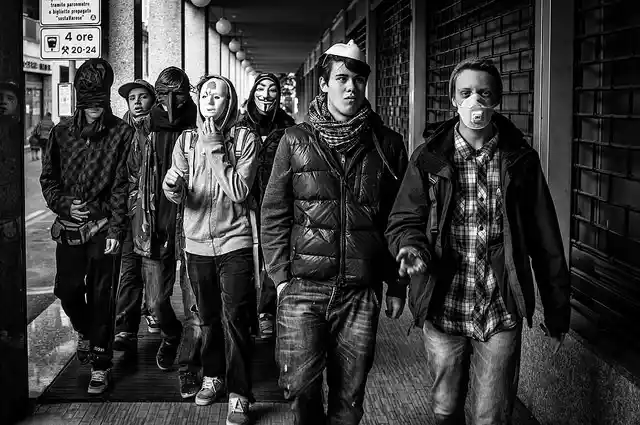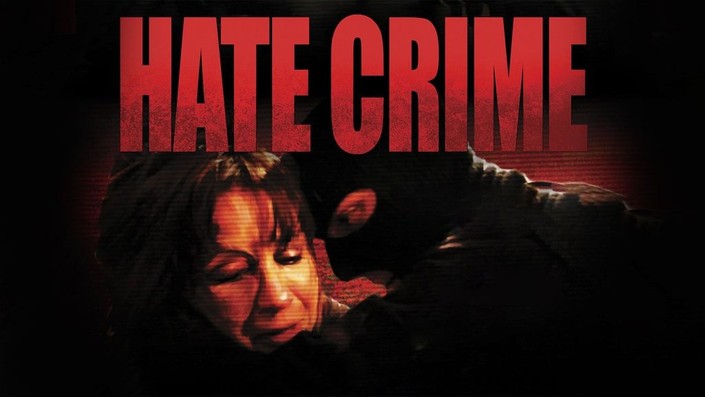Crime is a complicated and multidimensional subject that impacts all societies worldwide. Understanding the different sorts of crimes is necessary for building a safer and more educated community.
Want to know about different types of crime? Our simple guide answers ‘What Are the Types of Crime?’ and explains them clearly!
Table of Contents
Definition of Crime in Criminal Law
A crime is defined in criminal law as any act or omission that constitutes a legally punished offense. Crimes are behaviors regarded as damaging or hazardous to the public and are prohibited and punished by law enforcement.

Criminal law defines the boundaries of permissible behavior, establishes the standards for what constitutes criminal behavior, and prescribes punishment for violations to maintain social order and safeguard individuals’ rights and safety.
What Are the Types of Crime?
1. Crimes Against the Person
Crimes against people are offenses that directly injure or endanger an individual’s bodily or mental health. These crimes can range from petty assaults to severe acts such as murder. Examples include:
- Homicide: The unlawful killing of another person, including murder and manslaughter.
- Assault and Battery: Physical attacks on an individual, including threats of violence.
- Kidnapping: The unlawful abduction and detention of a person against their will.
- Sexual Assault: Non-consensual sexual acts, including rape and molestation.

2. Crimes against Property
Property crimes are the theft or damage of another person’s property. Victims of these crimes may suffer considerable financial and emotional consequences. Examples include:
- Theft: The unlawful act of taking someone else’s property with the intent to permanently deprive them of it.
- Burglary: The unlawful entry into a building intending to commit a crime, typically theft.
- Arson: The willful and malicious burning of property.
- Vandalism: The intentional destruction or defacement of property.

3. Organized Crimes
Organized crime refers to structured groups that engage in unlawful acts, frequently for profit. These groups function methodically and can have substantial social and economic consequences. Examples include:
- Drug Trafficking: The production, distribution, and sale of illegal drugs.
- Human Trafficking: The illegal trade of humans for purposes such as forced labor or sexual exploitation.
- Money Laundering: The process of concealing the origins of illegally obtained money, typically using transfers involving foreign banks or legitimate businesses.

4. Crimes against Morality
Crimes against morality are those that breach societal norms and ethical principles. These offenses frequently include morally repugnant conduct. Examples include:
- Prostitution: The exchange of sexual services for money or goods.
- Gambling: Engaging in games of chance for monetary gain in jurisdictions where it is illegal.
- Drug Abuse: The unlawful use of controlled substances.

5. Hate Crimes
Hate crimes are criminal acts motivated by hatred or prejudice against an individual or group because of their race, religion, ethnicity, sexual orientation, or gender identity. These offenses may include:
- Assault: Physical attacks motivated by hate.
- Vandalism: Destruction of property associated with a particular group.
- Threats and Intimidation: Verbal or written threats intended to instill fear.

6. White Collar Crimes
Individuals, businesses, or government officials conduct white-collar crimes, which are nonviolent and financially motivated. These crimes can cause significant economic harm and erode public trust in institutions. Common types include:
- Fraud: Deception intended to result in financial or personal gain.
- Embezzlement: Misappropriation of funds placed in one’s trust.
- Insider trading: Illegal trading on the stock market based on confidential information.
- Bribery: Offering, giving, receiving, or soliciting something of value to influence actions.

7. Cyber Crimes
Cyber crimes involve illegal activities conducted through computers or the internet. Cybercrime is growing more common and sophisticated as society’s reliance on technology increases. Key types include:
- Hacking: Unauthorized access to data in a computer system.
- Phishing: Fraudulent attempts to obtain sensitive information by disguising it as a trustworthy entity.
- Identity theft: Stealing someone’s personal information to commit fraud.
- Cyberstalking: Using the internet to harass or threaten someone.

8. Domestic Crime
Domestic crimes, also known as domestic violence or intimate partner violence, are violent acts perpetrated by a family or household member against another, such as physical, emotional, sexual, or financial abuse. Examples include:
- Physical Abuse: Hitting, slapping, pushing, or using weapons to harm.
- Emotional Abuse: Verbal insults, threats, humiliation, and intimidation.
- Sexual Abuse: Non-consensual sexual contact or rape.
- Financial Abuse: Controlling or withholding money and resources.
- Stalking: Repeatedly following, monitoring, or harassing the victim.

9. Perjury
Perjury is lying or making false statements under oath in a legal proceeding. This offense undermines the legal system’s integrity by compromising the justice process. Examples include:
- False Statement: The person must make a statement that is knowingly false.
- Oath: The false statement must be made under a lawful oath or affirmation.
- Intent: The person must intend to mislead or deceive.

Read our related article about the Degrees of Murder.
Conclusion
Understanding the many types of crimes is critical for recognizing the wide range of illegal activity and the appropriate legal measures to combat them.
Each type of crime poses different challenges and consequences, demanding specific approaches to prevention, investigation, and prosecution. Understanding the differences enables society to protect itself better and maintain justice.
FAQs
What factors contribute to Crime?
Crime can be influenced by socioeconomic factors such as poverty, inequality, lack of education or employment opportunities, social disorganization, substance abuse, mental health issues, and cultural or societal norms.
How are crimes classified and prosecuted?
Crimes are classified based on their severity and the nature of harm caused. Prosecution involves gathering evidence, establishing guilt or innocence through legal proceedings, and imposing penalties or rehabilitative measures as determined by the legal system.
What are the impacts of crime on society?
Crime can have wide-ranging impacts, including physical harm, emotional trauma, financial loss, decreased community trust, and strain on law enforcement and judicial systems.
What role does technology play in combating Crime?
Technology is increasingly used in crime detection, investigation, and prevention through surveillance systems, forensic analysis techniques, digital evidence collection, and cybersecurity measures.